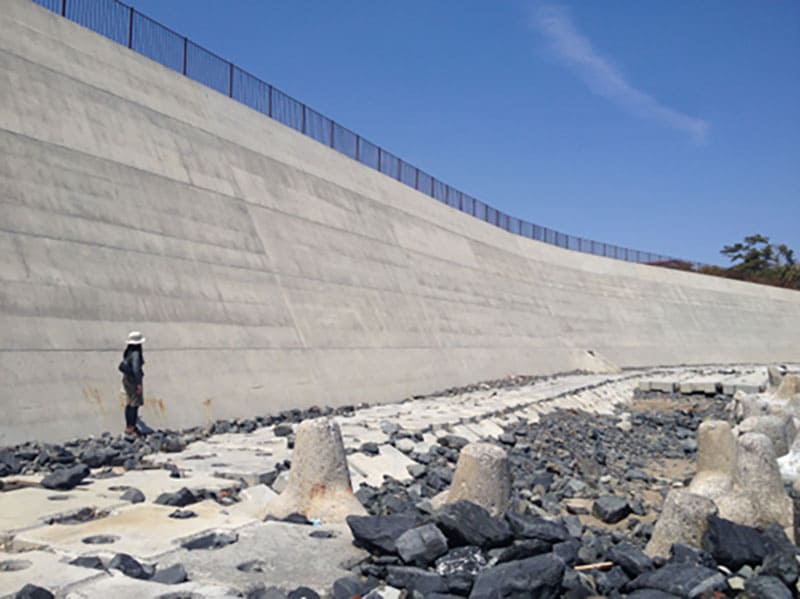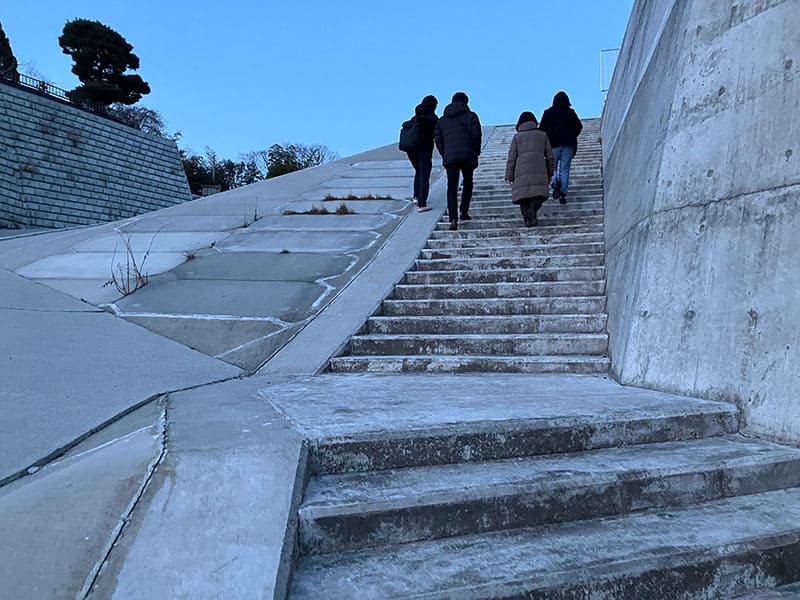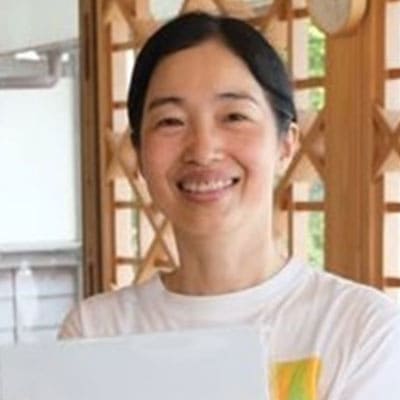Contributing to Future Cooperative Decision-Making by Residents and Governments
Categories:
Overview
Analyzing consensus-building processes for a coastal embankment project following the Great East Japan Earthquake and establishing better cooperative decision-making models for residents and governments
Japan, which is surrounded by seawater, has a coastline with a length of roughly 35,300 km, or over 80% of the world’s circumference. Up to this point, numerous public works projects have been conducted in those coastal areas. However, since the Great East Japan Earthquake, in a number of infrastructure public works projects, attention is being concentrated on the nature of consensus-building between resident and governments.
I, the principal investigator, have closely watched dialogue between residents and governments from the perspective of environmental sociology with research on communication in the Isahaya Bay Reclamation Project and the Sambanze Regeneration Project as my starting points. While lending my ears to related parties and learning from them, I have gradually deepened my understanding of public works projects on coastal areas both within and outside Japan, including the tide flat restoration projects at the Arao Tidal Flats in Kumamoto Prefecture, the Fujimae Tidal Flat in Aichi Prefecture and Ago Bay in Mie Prefecture and coastal area regeneration projects in the United Kingdom and Malaysia, as well as my understanding of the changes in resident awareness and the relations between residents and the local government there.
At present, I am engaged in research to analyze consensus-building processes for coastal embankment projects in Kesennuma City, Miyagi Prefecture following the Great East Japan Earthquake.
Researchers from various fields will perform an interdisciplinary analysis of what was discussed and how it was discussed between residents and the local government, what kind of discrepancies there were between them, and how those were overcome up to the time that a large number of coastal embankments were restored or newly built after the earthquake. My aim in doing so is to conduct a cross-sectional analysis of multiple case studies and establish future cooperative decision-making models for residents and governments.
In Japan, embankment construction to safeguard against the Nankai Trough earthquake, measures to counter rising sea levels and storm surges resulting from climate change and embankment construction ideas that contain green infrastructure elements are sure to be proposed to local communities in the future as well. It is the hope of mine that I can help to make the process of discussions of those proposals more fruitful ones that a large number of related parties find satisfactory.

Novelty/Originality
Aiming to capture new knowledge using the research method of performing cross-sectional and interdisciplinary analysis on multiple case studies
There are three main points of novelty and originality in this research.
The first is an interdisciplinary cross-section. Up to now, in a lot of public works project research, engineering and technical research and sociological research were often conducted separate of each other.
However, there is increasingly wide recognition that there is a limit to how much can be done with a science and technology background alone, or with a humanities background alone, to see public works projects as part of town development and to grasp the entire picture. With this research, researchers in multiple disciplines, namely environmental sociology, architecture and urban planning, civil engineering, ecological engineering and administrative law, participate in an attempt to analyze consensus-building processes from multiple perspectives.
The second point is the analysis of multiple case studies. In consensus-building process research, which to date frequently involved the handling of a single case study, attempts are being made to gain new knowledge by performing a cross-sectional analysis on numerous case studies. In seawall construction following the Great East Japan Earthquake, consensus-building was conducted in many regions. Among them are some examples known for having produced results that both residents and the local government were satisfied with following tenacious dialogue between the two. While delving into and researching such “positive case studies,” as they were, is a meaningful endeavor, performing a cross-sectional analysis that also includes a number of other case studies should make it possible to obtain new knowledge from the commonalities and differences present among those case studies.
The third and final point are attempts to form an understanding of not just the superficial differences in opinions of “for” and “against” in consensus-building but also the reasons behind those opinions by delving into them. For example, while multiple opinions may be classified as “against,” examining the reasons behind those opinions may provide visibility on the true “for” or “against,” such as “I am basically against [something], but would be for it if this were done in this way.” In fact, in prior public works projects as well, there was often success in finding better common ground somewhere along the way in case studies in which residents and the local government were able to properly discuss such reasons behind their opinions.
Through the above research methods, this research aims to gain new hints for the ideal nature of consensus-building in future public works projects.


(Numerous seawalls in the Tohoku region were actually visited and surveyed.)
Related Research
Yamashita, H. (2023). Just transition through “commoning” coastal wetlands in growing and shrinking communities in Japan, Sustainability Science
Yamashita, H. (2020). Living Together with Seawalls: Risks and Reflexive Modernization in Japan, Environmental Sociology
Principal Investigator

Ritsumeikan Asia Pacific University
You can view and print a summary of this page's contents in a single PDF page here.






Thinking back now, I feel like I have always taken an interest in relationships between environmental changes and community since I was a child growing up by the sea. As a researcher, after conducting studies on cross-cultural communication, I progressed down the path of environmental sociology, and have explored the possibilities of dialogue involving people in various positions.
When carefully unraveling records of the many instances of dialogue that lead up to consensus-building for coastal projects, one can identify shared wishes even behind dialogue that may appear to be “conflict” at first glance. My hope is that this research, which is conducted while engaging in repeated dialogue with community members and local government personnel, will become something that facilitates the creation of systems for better consensus-building.
Ritsumeikan Asia Pacific University Faculty Information
researchmap